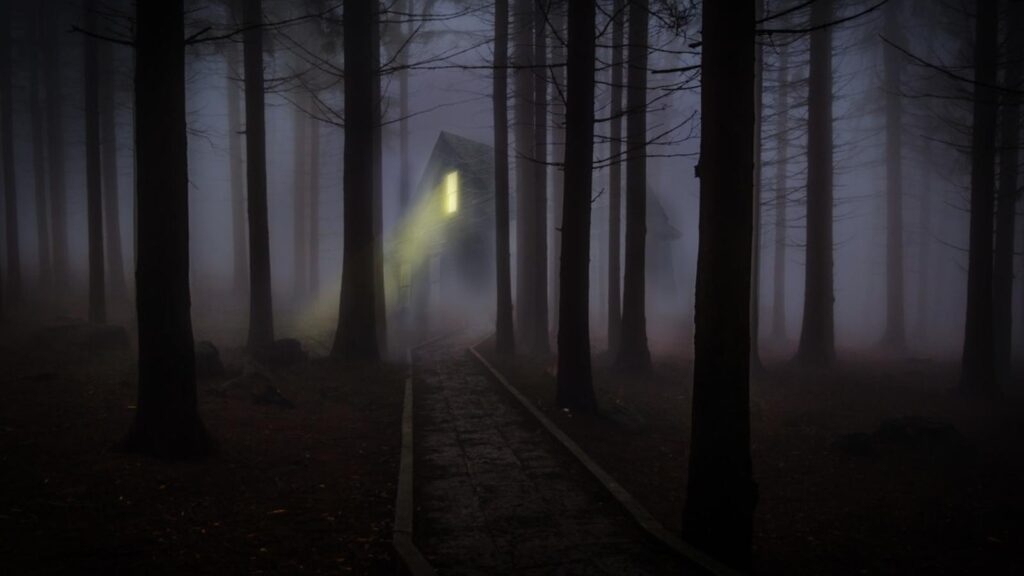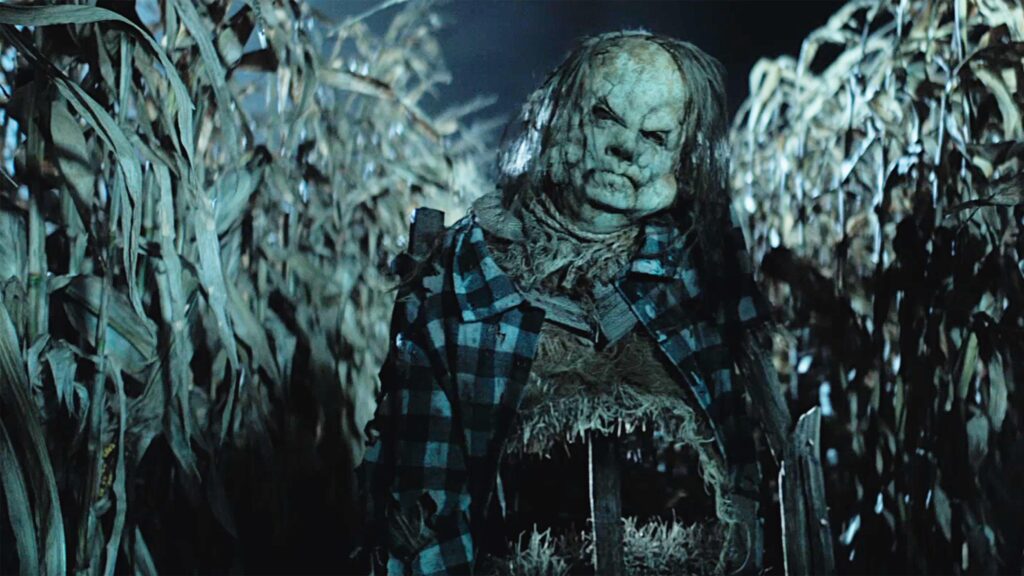We all have an irresistible pull towards horror stories. Some like the adrenaline rush. Others like the intrigue. No matter the reason, we can’t ignore the magnetism of a good horror tale. Today, we’ll delve deep into the spine-chilling world of horror stories. We’ll even touch on some disturbing real-world accounts, such as Trails Carolina Horror Stories. This blog post is your comprehensive guide to the enchanting universe of horror.
The Birth of Fear: Tracing the Roots of Horror Stories

Where did horror stories begin? Some say they stem from folklore. Others believe they have roots in religious texts. The truth is a mix of many influences. Key moments in history have shaped this genre. For instance, Mary Shelley’s “Frankenstein” is a milestone. Edgar Allan Poe’s short stories are other pillars. From ancestral tales to modern narratives, horror stories have evolved. They have adapted to the times while staying true to their essence of fear.
Breaking Down the Scream: The Anatomy of Fear in Horror Stories
Fear is complex. To understand horror stories, we must first understand fear. The human brain has a part called the amygdala. It processes emotions like fear. But what triggers it in horror stories? Plot devices play a significant role. Spooky settings, uncanny characters, and shocking twists all contribute. They hit different nerve points in our brain. The result is a scream, a jump, or a gasp. When done right, it leaves a lasting impression. Just like Trails Carolina Horror Stories do.
Real vs Fictional Fears: Trails Carolina Horror Stories and Popular Narratives

The line between real and fictional fears often blurs. Horror stories are compelling because they can mimic real life. Tales from Carolina Horror Stories, for example, are horrifying. They are based on real-life accounts of hardship and struggles. This raises an ethical debate. How close should horror mimic real tragedies? It’s a difficult question with no easy answer. But it’s a topic worth exploring. Real-world accounts like Carolina Horror Stories make us ponder. They make us question the ethical boundaries of fear in literature.
The Kaleidoscope of Fright: Exploring Subgenres
Horror has many faces. Cosmic horror talks of existential dread. Domestic horror makes a home a living nightmare. Each subgenre has its appeal. Take Lovecraftian horror. It talks about the fear of the unknown. On the other hand, domestic horror explores familiar settings. It turns them into places of horror. Thus, the subgenres expand the scope of what horror stories can do. They offer different flavors of fear to those brave enough to explore them.
From Imagination to Reality: How Horror Stories Inspire Real-world Actions
Stories inspire actions. Be it activism or simply a change in outlook. Horror stories are no different. They have a cultural impact. For example, some use horror stories to talk about societal issues. Trails Carolina Horror Stories serve as a grim reminder. They warn us about the harsh realities some people face. It shows how stories can be more than just tales. They can be cautionary accounts that make us think.
Crafting the Nightmare: The Key Elements of Successful Horror Stories
- Strong Characters: Create characters that readers care about to elevate the stakes.
- Suspenseful Pacing: Use pacing to build tension and keep readers on the edge of their seats.
- Unexpected Twists: Introduce surprising plot turns to shock readers and defy expectations.
- Emotional Depth: Infuse the story with emotional elements that make the horror feel personal.
- Unique Plot: Develop a story that offers something new or a fresh twist on classic horror tropes.
- Skillful Foreshadowing: Use hints and clues to build anticipation and enrich the payoff.
- Tight Dialogue: Employ dialogue that feels natural yet adds to the atmosphere and tension.
- Effective Imagery: Utilize vivid descriptions that bring the horror to life in readers’ minds.
- Relatable Themes: Incorporate universal fears or concerns to make the story resonate with a wide audience.
Beyond Words: How Horror Stories Translate into Other Media

Books are just the start. Horror stories have found a home in movies and games. Adaptations like “The Shining” show how a story can shine on screen. Even real-world accounts like Trails Carolina Horror Stories can be adapted. Different mediums offer different tools. A movie can use sound and visuals to scare. A game can offer interactive fear. Each medium adds a unique flavor to the horror story it tells.
The Global Appeal: Horror Stories Across Cultures
Fear is universal. But how it’s portrayed varies. Western horror may focus on individual trauma. Eastern horror might explore societal fears. Trails Carolina Horror Stories remind us of this. They show that fear is a global experience. The stories may differ but the emotion remains the same. Each culture brings its unique touch to horror. It shows that horror stories are a global phenomenon.
Trends and Predictions: The Future of Horror Stories
Horror is not stagnant. New writers are emerging. Technology also plays a role. Virtual reality horror is an exciting frontier. It offers a new way to experience fear. Real-world accounts like Carolina Horror Stories also evolve. They reflect changing societal attitudes towards fear and tragedy. The genre is set for exciting times ahead.
We’ve traveled a long road. We started with the roots of horror stories. We explored their anatomy. We dived into real and fictional fears. We even touched upon the ethical concerns they raise. Trails Carolina Horror Stories served as a recurring point of discussion. We looked at subgenres, adaptations, and cultural differences. We also pondered the future of this fascinating genre. Horror stories have much to offer. They scare us, but they also make us think. They entertain but also question. And that’s what makes them irresistible.
Conclusion
In this journey through the eerie corridors of horror stories, we’ve peeled back many layers. We’ve seen how the genre has roots as old as human civilization itself. We delved into the psychology of why horror intrigues us, touching the complex balance of storytelling elements that evoke fear. We questioned the ethical implications of horror narratives that are too close to real-world tragedies, an issue highlighted by Trails Carolina Horror Stories.
We explored the myriad sub-genres that make horror a versatile field, capable of exploring a range of human experiences and emotions. We examined how horror stories manifest across various mediums, enriching their core elements through film, gaming, and other interactive experiences. We also looked at how different cultures around the world interpret and produce their versions of horror stories, proving that fear is a universal language. Lastly, we glimpsed into the future to see where horror might be headed, considering technological advances and shifts in cultural attitudes.
Frequently Asked Questions
What is the origin of horror stories?
The origins of horror stories can be traced back to folklore, myths, and religious texts that were meant to explain or symbolize the fears and mysteries of the human experience. Over time, the genre has evolved to include a wide range of sub-genres and mediums.
Are Trails Carolina Horror Stories true accounts or fictional?
They are based on real-life accounts of hardship and struggles, adding a layer of authenticity and ethical complexity to the genre of horror stories.
What are the key elements that make a horror story successful?
The key elements include strong characters, suspenseful pacing, vivid setting, unexpected twists, and emotional depth. The stakes must be high, and the plot should be unique to captivate the readers effectively.
How do cultural differences influence horror stories?
Different cultures bring their unique perspectives, folklore, and societal fears into their horror stories. This results in a rich tapestry of horror narratives that can vary significantly from one region to another.
How do Trails Carolina Horror Stories differ from typical horror fiction?
Trails Carolina Horror Stories are grounded in real-life experiences, making them resonate differently with readers as they blur the line between fiction and reality. This adds an extra layer of emotional and ethical complexity to the stories.
Bonus: Essential Reads and Watches for Horror Enthusiasts

We can’t close this comprehensive guide without offering some resources. If you are a beginner in the realm of horror, there are some must-read books and must-see films you can’t ignore. And for those who like real accounts that shake you to your core, Trails Carolina Horror Stories are something to delve into. If you’re interested in knowing what the modern age has to offer, don’t miss out on blogs and podcasts that focus solely on horror stories, offering reviews, interviews, and deep dives into this fascinating genre.
Whether you are a writer, a reader, or just an enthusiastic fan of horror, the genre has something to offer you. It can thrill you, scare you, make you think, and sometimes even make you laugh. The only constant in the world of horror stories is change. The genre is always evolving, always finding new ways to explore our darkest fears and deepest emotions. And as long as there are stories to tell and fears to explore, horror will continue to captivate us, urging us to turn the page, or watch just one more scene, no matter how frightened we may be.
Thank you for joining us on this deep dive into the world of horror stories. Keep exploring, keep questioning, and most importantly, keep reading. The world is full of stories that are waiting to both terrify and enthrall you. So go on, pick up that book or click on that film. Let yourself be captivated by the endless labyrinth that is the horror genre.
